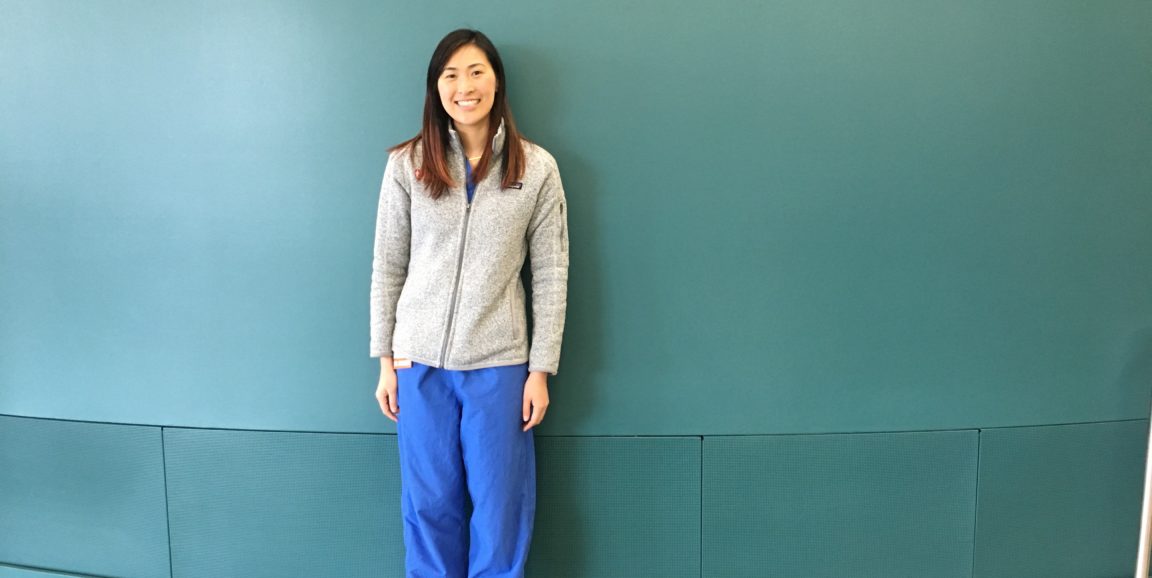As a dietitian, Patricia Lee enjoyed her work, but decided her dream medical career was something different. Now, she is a second-year physician assistant student, part of the School of Medicine's inaugural class for the program. I spoke with her to learn more.
Where were you before Stanford, and what made you decide to come here?
I grew up in the South Bay and I've always aspired to attend, even though I didn't think I had the grades as an undergraduate and it seemed out of reach. I was a dietitian before PA school and I felt like nutrition was only one component of medicine, and I wanted to be a part of a more comprehensive practice of medicine, which I felt would serve as a challenge and a more enjoyable experience for me.
What made you choose to become a PA?
While I was working as a dietitian, the hospitalist team was comprised primarily of Stanford physicians and advanced practice providers (APPs, a term that includes nurse practitioners), and getting to see how they all worked together piqued my interest. As I began interacting with the PA from the Stanford team, I realized I wanted to transition towards becoming a PA. I really enjoy the independence of the PA role, yet it seamlessly integrates with the doctor's role and the entire team.
What has your experience been like in the Physician Assistant program?
I came in with the approach that being part of the first class was an experience that only happens once, and being able to help shape the program and to contribute to the foundation of the program has been incredible.
I'm also really impressed with how the School of Medicine has integrated us in. It's been great taking classes with the medical students. Half of the classes our first year are with them and it's been exciting to begin that inter-professional relationship now at such an early stage.
What's your favorite part of your program?
I love how close our class is! There's only 27 of us as second years. I've found some amazing friends and colleagues that I know I will carry with me even as I graduate. We've lived life together as we study, embark on new experiences, like our rotations that can be really stressful when we're just getting started, so it's been amazing to have such a solid support system.
Do you have any rituals or habits that get you in the zone to study?
I definitely have to be in a library setting, or away from home, so I can be fully focused.
How do you unwind?
I'm still trying to work on having proper work-life balance, especially with my current demanding schedule. However, working out is a habit that I've been able to successfully maintain even with my busy schedule -- it's a great way to start my day, even if it means having to wake up at 5 a.m. I also enjoy cooking, and hanging out with friends.
What's your favorite food?
I love Vietnamese food, especially phò. It's my comfort food, and my go-to feel-good dish when I'm feeling under the weather, or have had a particularly busy week. I also love Brazilian seafood stew, which is hard to find in Palo Alto, but one of my all-time favorites. I also have quite a sweet tooth, which has become a running joke since I'm no longer a dietitian, and grab a cookie nearly every day with my lunch to satisfy my sugar cravings.
What advice do you have for aspiring students in medical studies?
Throughout my life, I've always found it useful to not take any experiences or opportunities for granted. To learn from all people around you, from the nursing staff to the other clinicians outside of my field, everyone is a resource and there is a learning opportunity. It's how you approach the opportunity in front of you and what you decide to make out of your experience that determines your success.
Photo by Becky Bach




